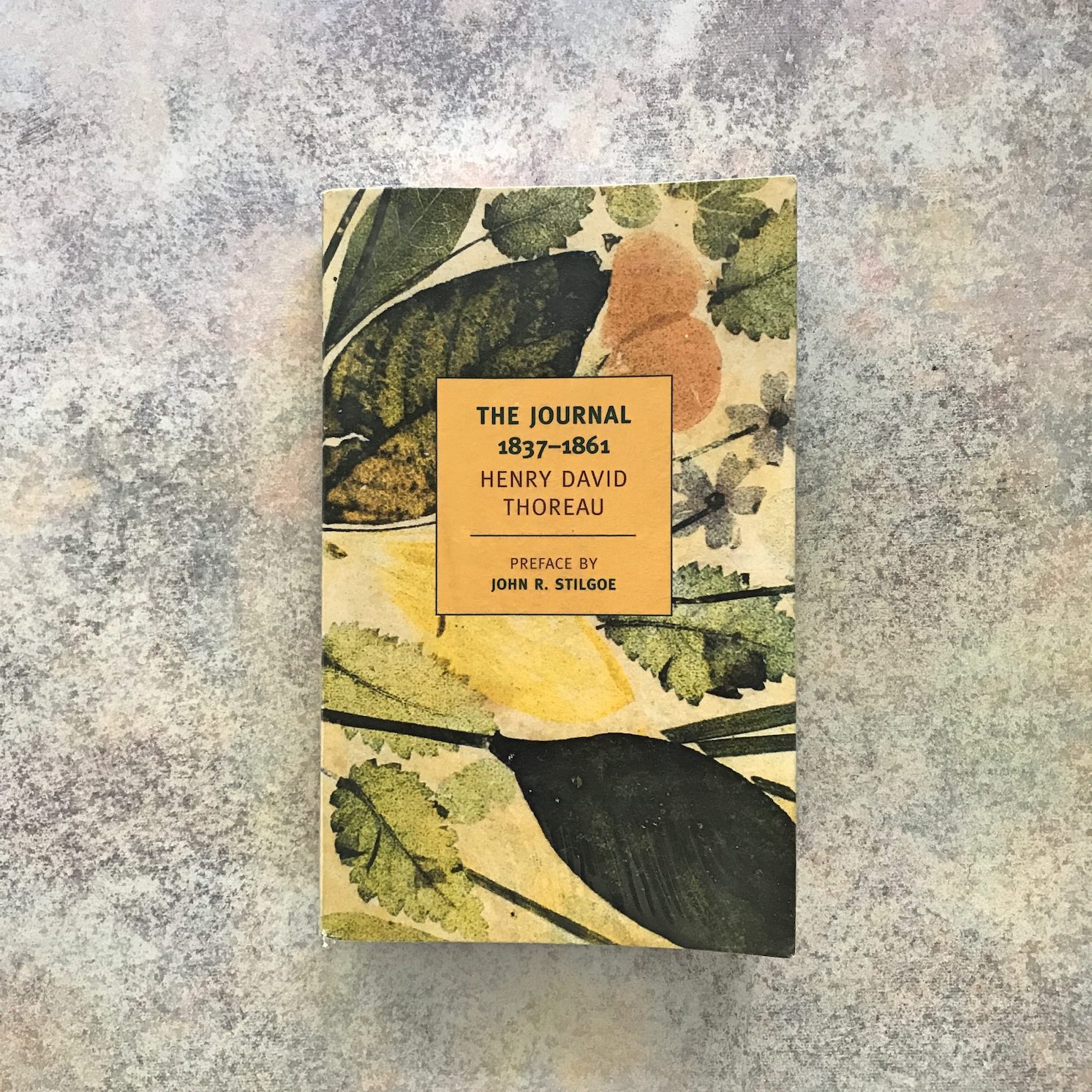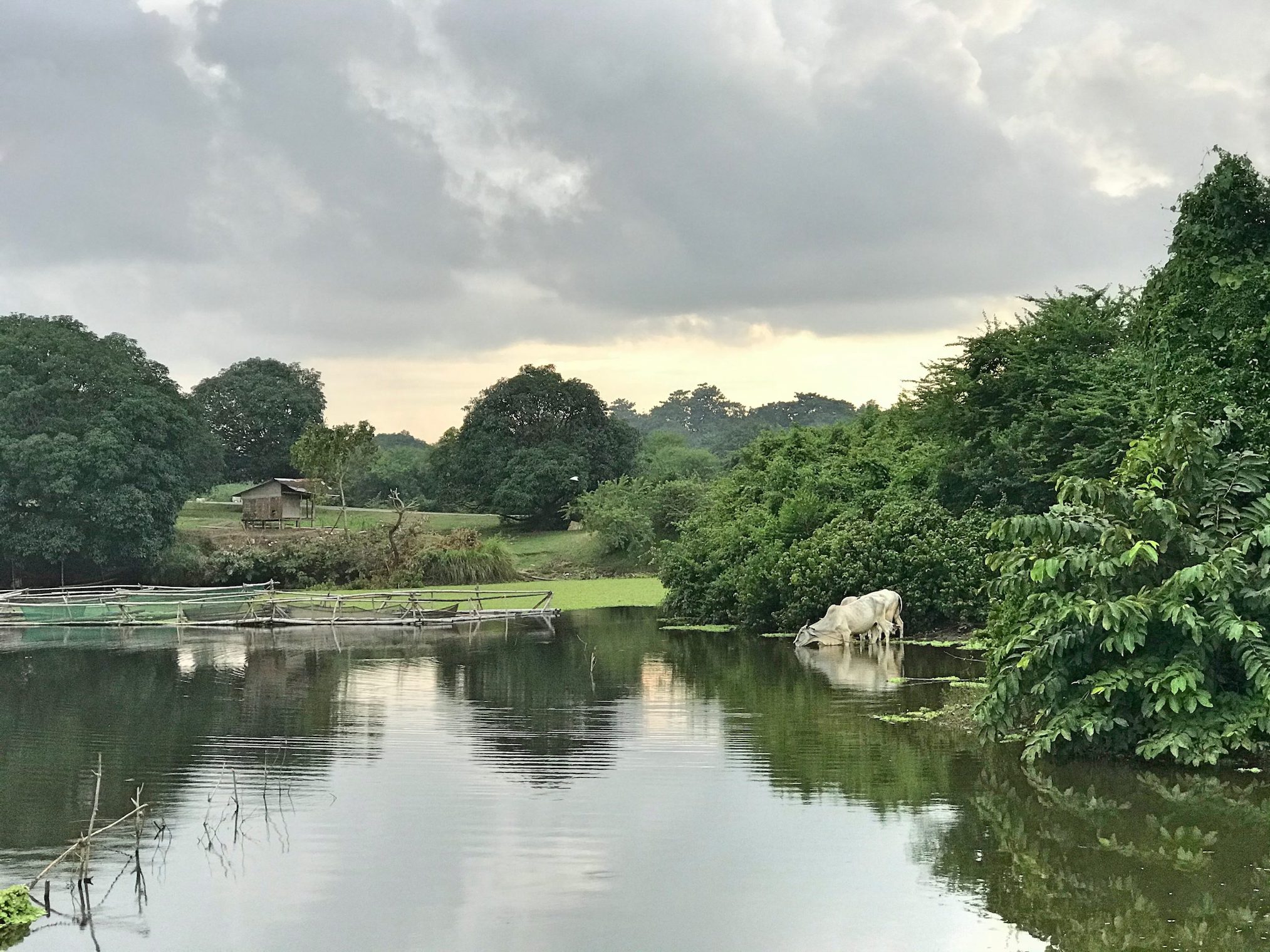
This day, last year, I started reading Thoreau’s journal. I did this after reading Laura Dassow Wall’s brilliant biography of the man. I followed the suggestion of those who have read Thoreau’s journal—read each entry for the day.
Some days, Thoreau had lots of entries and it took me about an hour to read all of them. Other days, he wrote none. I later found out that the copy I was reading was a shortened version of Thoreau’s 14-volume journal. So, I can’t really claim that I have read everything he wrote in his most private and most important work unless I go back to the original volumes. Nevertheless, I have read enough to understand Thoreau better.
I believe that every writer or artist needs a muse—even better, a set of muses, a pantheon of heroes, to look up to. Thoreau is, obviously, already part of my pantheon. But this only happened after I got to really know him as a person through his journal. I think this is the best way to create a bond with our heroes—if their journal is accessible, read it, even before reading their books. A journal is usually more honest than anything a writer can produce. This was true especially with Thoreau, who intentionally treated his journal as his most important work.
Translating Thoreau
Since reading his biography and journal, I have also drawn the man, watched a documentary of his life, and presented a talk about his life and creative process to a few friends. What really cemented my relationship with him, however, was my daily practice of translating my favorite quotes from his journal into Filipino.
I chose quotes that had a universal appeal—quotes that, when translated into Filipino, spoke about things that Filipinos can relate to, things like employment, art, nature, solitude, power, and self-discovery. I then coupled those quotes with photos I have taken during my own walks and bike rides.
Deeper Immersion In Nature
I have been walking and biking even before I read Thoreau, but my exploration of the outdoors became more meaningful and interesting because of him. For example, about a month ago, I tried mimicking what Thoreau did in his walks—I wrote down everything I saw. In the past, I would just walk and wait for inspiration to come. Sometimes, I would be able to write a poem or visualize a fantasy scene or realize a philosophical breakthrough while walking. I wasn’t really immersed in my surroundings.
After reading Thoreau, I became more intentional in noticing my surroundings. I started learning how to read the weather through clouds, noting how the sky looked in the North, South, East, and West. I also started tracking the flora I see in my walks, taking pictures of even the most ignored weed and uploading them to an app called iNaturalist, which identifies the plant for me. This was what Thoreau did in his walks. Aside from my brief fascination with the different indigenous trees growing on a permaculture farm I volunteered to, I have never been interested in botany. Today, it is a field of interest that I continue to explore when I find time.
I also started being more interested with birds. I could now identify some of the most common birds in my locale: the Eurasian sparrow, the Yellow-vented Bulbul, the Pied Fantail (Maria Cafra), the Zebra Dove (Bato Bato), the Blue Heron, the Olive-backed Sunbird, the Brown Shrike, the Pacific Swallow, and the Bush Hen (Sikling). I have even spotted a kingfisher in a pond near my place, which reminds me a lot of Thoreau’s Walden.

The Highest of Arts
However, Thoreau’s greatest gift to me was his example as a human being whose primary desire was to be amazed about the beauty that surrounded him. Through Thoreau, I learned how to live better, not just as a writer or an artist, but primarily a human being who is part of a larger cosmic ecosystem.
The biggest lesson I learned from a year of reading Thoreau’s journal is encapsulated in a quote from Walden:
We must learn to reawaken and keep ourselves awake, not by mechanical aids, but by an infinite expectation of the dawn, which does not forsake us even in our soundest sleep. I know of no more encouraging fact than the unquestionable ability of man to elevate his life by a conscious endeavour. It is something to be able to paint a particular picture, or to carve a statue, and so to make a few objects beautiful; but it is far more glorious to carve and paint the very atmosphere and medium through which we look, which morally we can do. To affect the quality of the day, that is the highest of arts.